
Migrating from jQuery to Vanilla JavaScript for Modern Web Development
Mar 06, 2025 5 Min Read 3079 Views
(Last Updated)
The web development world is constantly evolving, and with it, the tools we use to build the web. jQuery, once a staple for simplifying JavaScript and cross-browser compatibility, is now seeing a shift in favor of the rise of modern Vanilla JavaScript. This transition is not just a trend but a move towards more efficient, maintainable, and faster web applications.
This blog post explains the shift from jQuery to Vanilla JavaScript, highlighting its advantages, such as improved performance, fewer dependencies, and adherence to modern standards. It will also provide the insights and practical steps needed to modernize your skillset and projects with Vanilla JavaScript. Let’s start embracing a cleaner, more streamlined approach to Vanilla JavaScript in modern web development.
Table of contents
- The Shift from jQuery to Vanilla JavaScript
- Advancements in JavaScript and Web Standards
- Improved Browser Capabilities
- Performance Considerations
- Trends Towards Modern Frameworks and Libraries
- Emphasis on Modular and Lightweight Code
- Community and Education
- Preparing Your Codebase for jQuery to Vanilla JavaScript Migration
- Audit Your Current jQuery Usage
- Evaluate Skill Level
- Create a Detailed Migration Plan
- Establish a Testing and Quality Assurance Process
- Refactor Gradually and Iteratively
- Use Modern Development Tools
- Document the Migration Process
- Community Support and External Resources
- Overcoming Challenges in Migrating from jQuery to Vanilla JavaScript
- Cross-Browser Compatibility
- Handling jQuery Plugins
- Complexity in DOM Manipulation
- AJAX to Fetch API Transition
- Verbose Syntax and Boilerplate Code
- Event Delegation
- Learning Curve and Team Adaptation
- Testing and Debugging
- Performance Optimization
- Conclusion
- FAQs
- Do I need to remove all jQuery from my projects?
- How do I deal with jQuery plugins during migration?
- Will moving to Vanilla JavaScript boost my site's performance?
The Shift from jQuery to Vanilla JavaScript
The transition from jQuery to Vanilla JavaScript in the web development community is a reflection of the broader evolution of web technologies and standards. Once important for its ability to streamline complex JavaScript tasks, enhance browser compatibility, and simplify the manipulation of the Document Object Model (DOM), jQuery has played an important role in the growth and accessibility of dynamic web development.
However, the landscape of web development is markedly different today, and this shift towards Vanilla JavaScript is underpinned by several key factors:
1. Advancements in JavaScript and Web Standards
The continuous evolution of ECMAScript (the standardization of JavaScript) has introduced new syntax and features that make JavaScript more powerful and easier to work with. Features such as query selectors, arrow functions, template literals, and promises have become part of the JavaScript standard, reducing the need for jQuery’s syntactic sugar.
Also Read: 4 Key Differences Between == and === Operators in JavaScript
2. Improved Browser Capabilities
Modern browsers have significantly improved in terms of performance, standards compliance, and built-in features, diminishing the need for jQuery’s abstraction layer. The gap that jQuery once bridged between code and browser-specific behaviors has narrowed, making direct JavaScript usage more viable and less error-prone.
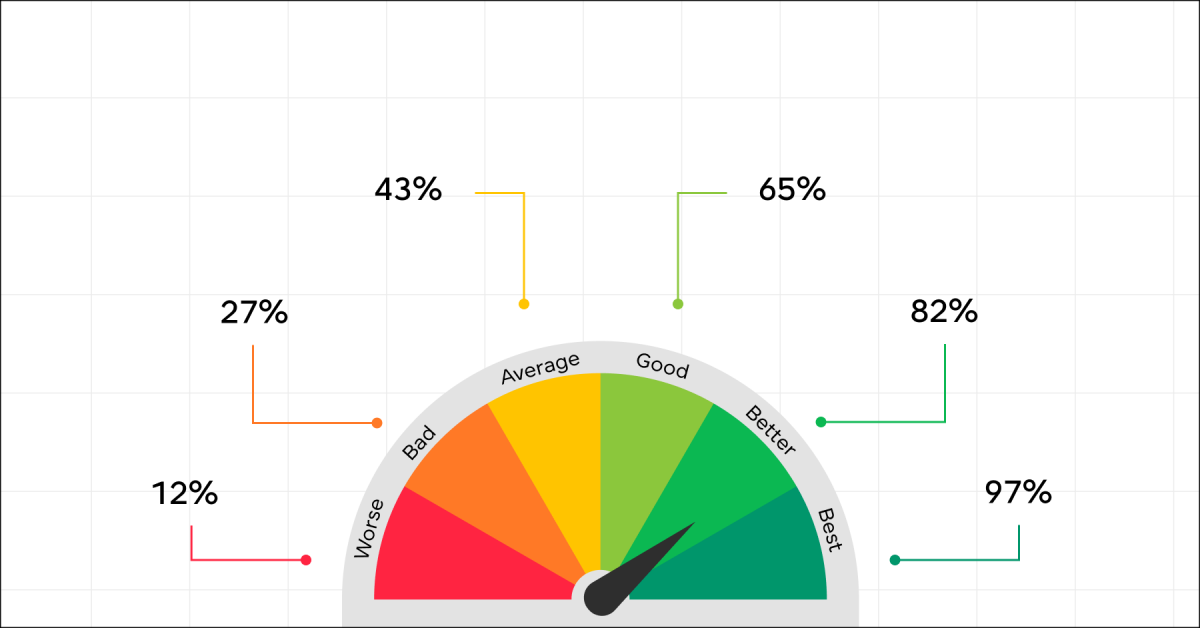
3. Performance Considerations
Using Vanilla JavaScript can lead to performance gains, as it eliminates the overhead of loading and parsing the jQuery library. Direct manipulation of the DOM with Vanilla JavaScript is generally faster, and when performance is a critical concern, especially for high-traffic websites and complex applications, every millisecond counts.
4. Trends Towards Modern Frameworks and Libraries
The rise of modern JavaScript frameworks and libraries like React, Angular, and Vue.js has also contributed to the decline in jQuery’s popularity. These tools offer their abstractions and utilities for building complex user interfaces, often negating the need for jQuery in projects that use them.
Also Read: 10 Best Frontend Development Frameworks
5. Emphasis on Modular and Lightweight Code
Modern web development leans towards modularity, where developers include only the code and libraries necessary for their application. This approach favors Vanilla JavaScript, particularly with the advent of JavaScript modules, which allow for more efficient code splitting and bundling.
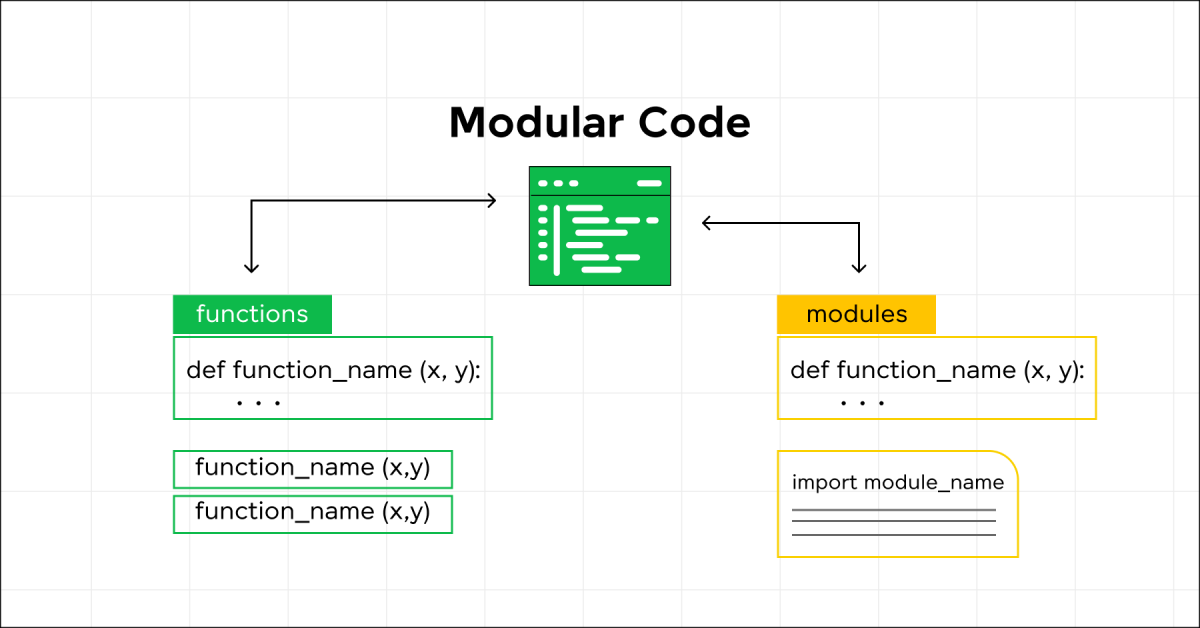
6. Community and Education
As new developers enter the field, they’re more likely to be taught the latest JavaScript standards and encouraged to work with Vanilla JavaScript or modern frameworks. The community resources, tutorials, and documentation have shifted accordingly, further cementing Vanilla JavaScript’s place in modern web development.
The shift from jQuery to Vanilla JavaScript is not about discarding the old in favor of the new without reason. It’s about adapting to a web that is faster, more open, and more standardized. For developers making this transition, it’s an opportunity to deepen their understanding of JavaScript, improve their applications’ performance, and align with the future of web development.
Also Read: 7 Best JavaScript Practices Every Developer Must Follow
Are you ready to become a Full Stack Developer? Join GUVI’s Full Stack Development Course, which not only offers comprehensive training but also provides placement guidance. Learn from industry experts and take a significant step toward your tech career. Enroll now!
Having discussed the shift from jQuery to Vanilla JavaScript, the next step is to prepare your codebase for this transition. Let’s explore how to make this migration smooth and efficient.
Preparing Your Codebase for jQuery to Vanilla JavaScript Migration
Migrating your codebase from jQuery to Vanilla JavaScript is a significant step towards modernizing your projects and aligning them with current web development standards. This process involves not just the direct translation of syntax, but also a shift in how you approach problem-solving and code structure in JavaScript.
To ensure a smooth transition, thorough preparation is important. Here are key steps to prepare your codebase for the migration:
1. Audit Your Current jQuery Usage
Begin by understanding the extent of jQuery’s integration into your projects. Tools like Chrome DevTools can help you identify jQuery functions and dependencies by analyzing your scripts and network activity. Look for:
- Frequently used jQuery methods and plugins.
- Custom jQuery code that may not have direct Vanilla JavaScript equivalents.
- Third-party libraries or frameworks in your project that depend on jQuery.
Also Read: 30 Best JavaScript Project Ideas For You [3 Bonus Portfolio Projects]
2. Evaluate Skill Level
Assess your JavaScript proficiency, focusing on understanding ES6 and later features, since many of these will be used to replace jQuery functionality. Consider:
- Getting training or resources to fill in knowledge gaps.
- Experimenting with Vanilla JavaScript in smaller, non-critical parts of your projects.
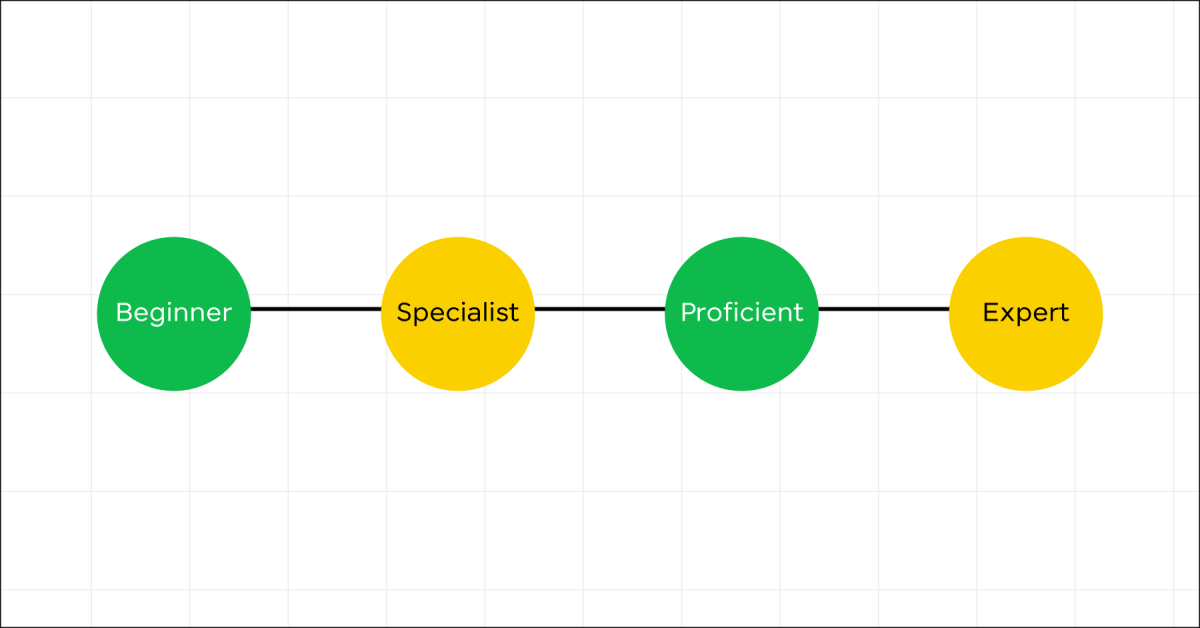
3. Create a Detailed Migration Plan
Based on your audit, develop a migration strategy that considers:
- Prioritizing the migration of simpler jQuery parts to gain quick wins and build confidence.
- Deciding between a piecemeal approach (migrating individual features or components) versus a full rewrite, depending on your project’s size and complexity.
- Setting realistic timelines and milestones, with buffer periods for testing and adjustments.
4. Establish a Testing and Quality Assurance Process
Ensure you have robust testing strategies in place to catch any issues that may arise during the migration. This includes:
- Unit tests to validate individual functions and modules.
- Integration tests to ensure that components interact correctly without jQuery.
- End-to-end tests to verify that the overall application behaves as expected in a real-world scenario.
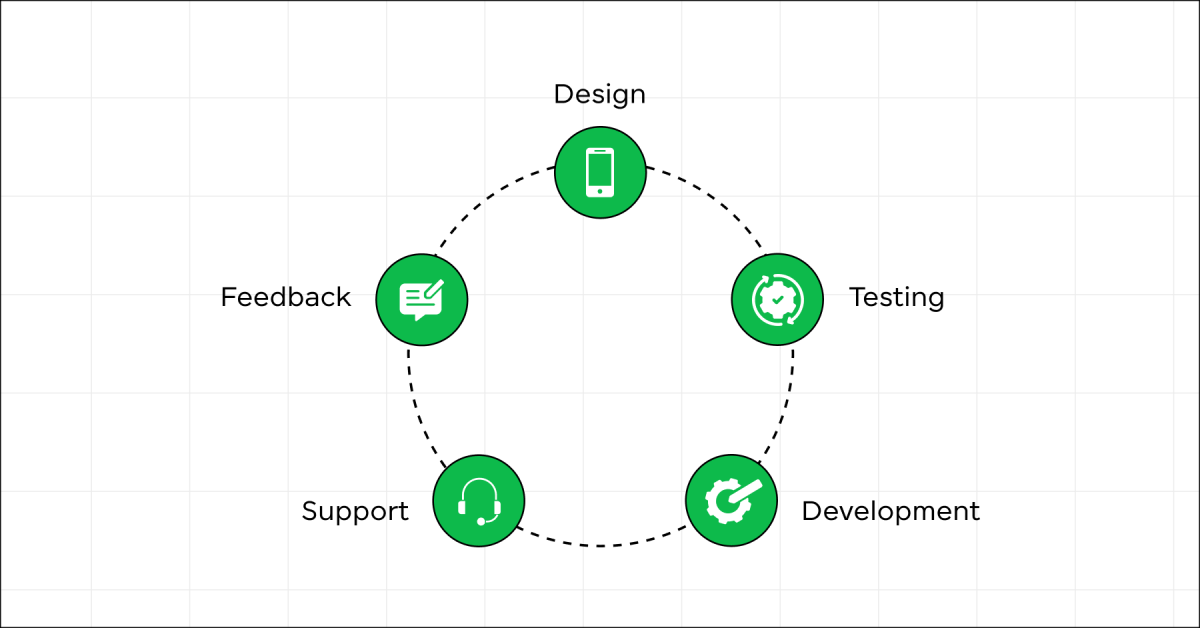
Also Read: Functions in JavaScript: Important Things To Know
5. Refactor Gradually and Iteratively
Avoid the temptation to refactor everything at once. Start with less critical features to minimize risk. Use this phased approach to:
- Learn and adapt your strategy based on early experiences.
- Maintain project stability and avoid overwhelming.
Also Read: Top Full Stack Development Webinars and Workshops
6. Use Modern Development Tools
Modern IDEs and linters can significantly ease the migration process by identifying potential errors and suggesting modern JavaScript syntax. Tools like Babel can help ensure your Vanilla JavaScript code remains compatible with older browsers.
7. Document the Migration Process
Keep detailed documentation of the migration process, including:
- Mapping of jQuery methods to their Vanilla JavaScript equivalents.
- Challenges encountered and how they were resolved.
- Best practices and patterns that emerge during the migration.
8. Community Support and External Resources
Don’t overlook the wealth of knowledge available in the development community. Engage with forums, Stack Overflow, and GitHub repositories for insights and solutions that others have shared regarding their migration experiences.
Preparing for the migration from jQuery to Vanilla JavaScript is a meticulous process that demands attention to detail, careful planning, and a willingness to adapt. By thoroughly preparing, you not only make the transition smoother but also use it as an opportunity for team growth and learning, ultimately leading to a more modern, efficient, and maintainable codebase.
Also Read: 7 Best Reasons to Learn JavaScript | 1 Bonus Point
With your codebase prepped for the shift from jQuery to Vanilla JavaScript, Let’s explore the challenges this migration may bring.
Overcoming Challenges in Migrating from jQuery to Vanilla JavaScript
Migrating from jQuery to Vanilla JavaScript can be a rewarding process, offering improved performance, a deeper understanding of web fundamentals, and greater control over your code. However, it’s not without its challenges. Here are some common hurdles you might encounter and strategies to overcome them:
1. Cross-Browser Compatibility
While modern browsers have greatly converged on standards, differences still exist, particularly with older versions.
Solution: Use Babel or a similar transpiler to ensure your ES6+ JavaScript code is compatible with older browsers. Also, consider using polyfills for newer JavaScript features not supported in some browsers.
2. Handling jQuery Plugins
Many projects rely on jQuery plugins that don’t have direct Vanilla JavaScript equivalents.
Solution: Look for modern, vanilla JS plugins that offer similar functionality. If none exist, consider whether you can rewrite the necessary functionality yourself or if maintaining a small portion of jQuery for the plugin is acceptable.
Must Explore: JavaScript Tools Every Developer Should Know
3. Complexity in DOM Manipulation
jQuery simplifies DOM manipulation with concise syntax, which can be more verbose in Vanilla JavaScript.
Solution: Familiarize yourself with modern JavaScript DOM APIs like querySelector, querySelectorAll, and classList. Utilize template literals for easier HTML manipulation. Over time, you’ll become more comfortable with these native methods.
4. AJAX to Fetch API Transition
The transition from jQuery’s AJAX methods to the Fetch API can be tricky, especially for complex requests or error handling.
Solution: Get into the Fetch API, including its promise-based structure. For complex cases, consider Axios or another lightweight fetch alternative that simplifies syntax and error handling.
Also Read: Use ReactJS to Fetch and Display Data from API – 5 Simple Steps
5. Verbose Syntax and Boilerplate Code
Vanilla JavaScript can be more verbose, leading to more boilerplate code compared to jQuery’s succinct syntax.
Solution: Use modern JavaScript features like arrow functions, template literals, and destructuring to write more concise and readable code. Consider creating utility functions for repetitive tasks.
6. Event Delegation
jQuery’s event delegation syntax is straightforward to use, which might not seem as intuitive in Vanilla JavaScript.
Solution: Use the addEventListener method on a common parent element and check the event.target property to manage delegation. This approach is powerful and flexible once you get used to it.
Also Learn JavaScript Modules: A Comprehensive Guide
7. Learning Curve and Team Adaptation
Your team might be more accustomed to jQuery, and adapting to Vanilla JavaScript could slow down development initially.
Solution: Invest in training and knowledge-sharing sessions. Start with small, non-critical projects to build confidence. Encourage pair programming and code reviews to spread best practices and solutions among the team.
8. Testing and Debugging
Without jQuery, you might need to update your testing and debugging strategies.
Solution: Ensure your test suites are adaptable to Vanilla JavaScript. Utilize browser developer tools effectively to debug issues, and consider implementing source maps for easier tracking of errors in transpiled or minified code.
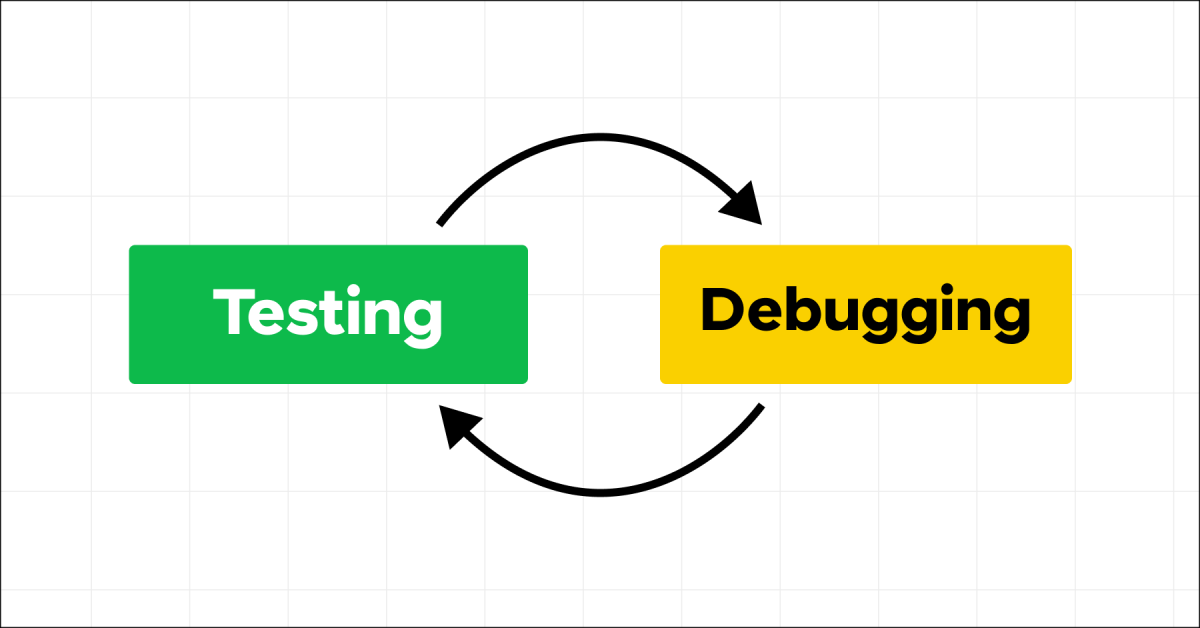
Must Explore: Best Tips and Tricks for JavaScript Debugging Skills
9. Performance Optimization
While Vanilla JavaScript can offer performance improvements, inefficient code can negate these benefits.
Solution: Profile your application to identify bottlenecks. Optimize critical paths in your code, and be mindful of reflows and repaints in the DOM. Use web performance tools and audits to guide your optimization efforts.
Transitioning from jQuery to Vanilla JavaScript is a step forward in aligning with modern web development practices. While the challenges are real, the benefits of a lighter, more direct approach to coding, along with the satisfaction of mastering the core language of the web, make the journey worthwhile.
Equip yourself with patience, resources, and a commitment to best practices, and the transition will become a significant milestone in your development career.
Must Know About Best JavaScript Frameworks
Conclusion
As you gradually replace jQuery with Vanilla JavaScript, you’ll not only streamline your projects but also unlock new possibilities for innovation and creativity. The shift to Vanilla JavaScript is not just a trend; it’s a strategic move towards building more robust, maintainable, and high-performing web applications.
Let this transition be a stepping stone to exploring new horizons in web development, pushing the boundaries of what’s possible, and continuing to grow as a developer. The road from jQuery to Vanilla JavaScript is paved with challenges, but the rewards—both personal and professional—are immense. Embrace the journey, and let the adventure begin.
Also Read: Ruby on Rails vs JavaScript: A Comprehensive Analysis for Backend Development
FAQs
No, full removal isn’t always necessary. Start by replacing simple jQuery parts with Vanilla JavaScript and evaluate the need for jQuery in complex areas or for specific plugins.
Look for modern Vanilla JavaScript alternatives to your jQuery plugins. If none exist, consider rewriting the needed functionality in Vanilla JavaScript or maintaining jQuery for just those plugins.
Yes, generally. Eliminating the jQuery library reduces load times, and Vanilla JavaScript can be faster for DOM manipulation. However, the actual performance gain depends on your specific usage and coding practices.






















![Top 20+ React Interview Questions and Answers [2025] 7 Top React Interview Questions](https://www.guvi.in/blog/wp-content/uploads/2022/01/Interview-Questions-1.png)
![What is ReactJS? A Beginner's Guide [2025] 8 what is reactjs](https://www.guvi.in/blog/wp-content/uploads/2025/04/what-is-reactjs.webp)
![What Does a Front End Developer Do? A Beginner’s Guide [2025] 9 Feature image - What does a Front End Developer do A Complete Guide](https://www.guvi.in/blog/wp-content/uploads/2024/02/Feature-image-What-does-a-Front-End-Developer-do-A-Complete-Guide.webp)
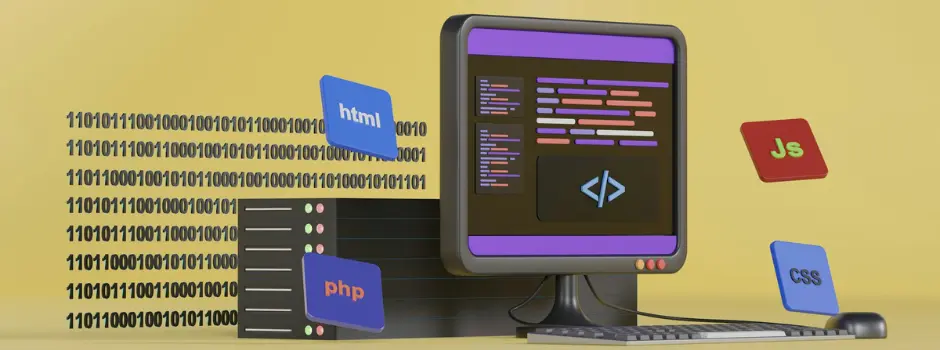


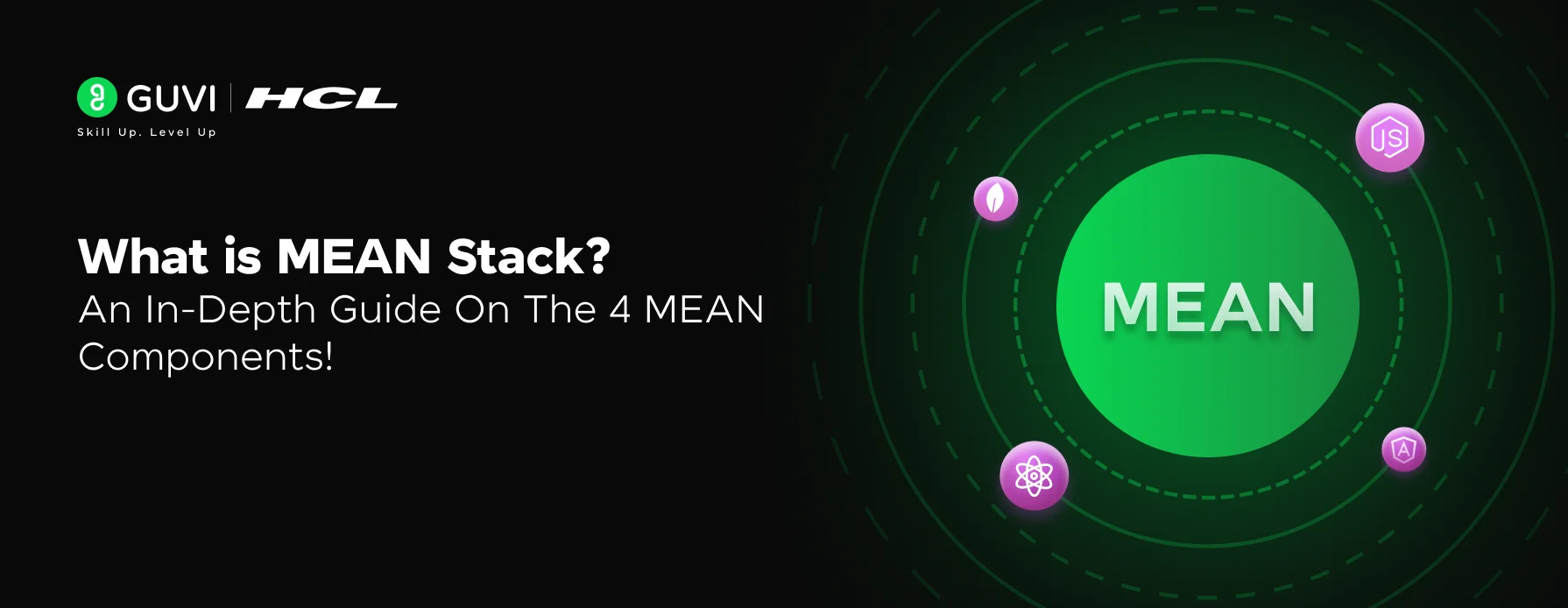



Did you enjoy this article?